Fishing on the Russian River, Kenai Peninsula, Chugach National Forest, Alaska.
Do you have any thoughts on this post?
How oil spill fines are helping to restore beaches and marshes that serve as critical defense against storm surge and enhance coastal fisheries
Louisiana’s barrier islands are an integral part of the state’s rich coastal fishing, culture, ecology, and economy. Eighteen barrier islands stretch from the Chandeleur Island chain east of the Mississippi River to Raccoon Island nearly 200 miles away in Terrebonne Parish. This includes Grand Isle, the state’s only inhabited barrier island and one of America’s top recreational fishing destinations.
Along with headland beaches like the Caminada and Pass Chaland Headland—where the marsh extends into but is not surrounded by water—Louisiana’s barrier islands are the first line of defense against winds and waves from the Gulf of Mexico. They provide protection to sensitive wetlands surrounding coastal lakes and bays, as well as the communities perched on what little high ground exists in the Mississippi River’s rapidly shrinking delta.
The islands are incredible places to fish and offer unique nesting and resting spots for hundreds of species of resident and migrating birds. From spring to fall, barrier island surf teems with speckled trout that have been drawn out of the interior wetlands to the Gulf to spawn or chase migrating shrimp and schools of menhaden and mullet.
Late-summer and fall also bring huge schools of breeding-size 12- to 50-pound redfish into the passes and surf zones, where they spawn and fatten up on blue crabs that gather in large masses along barrier island beaches to lay eggs. When Gulf-side surf is roughened by summer’s southerly winds, the marshy backsides of the islands offer protection, and often better fishing, to anglers.
Unfortunately, Louisiana’s barrier islands have been ravaged by the same forces of subsidence, erosion, and sediment starvation that have claimed 2,000 square miles of coastal wetlands in the last century. Restoring the state’s barrier islands is a key part of the overall effort by Louisiana to restore and protect its coast.
Louisiana’s Coastal Protection and Restoration Authority has invested nearly $500 million in rebuilding more than 60 miles of beaches and barrier islands since 2007. They have also overseen construction of hundreds of acres of back-barrier marshes designed to enhance fisheries habitat and help retain the sand that has been pumped ashore by dredges to rebuild beaches and dunes.
Arguably, the most ambitious of these efforts is the recently completed restoration of Whiskey Island in Terrebonne Parish. For more than a year, sand was pumped to the island by a dredge from an ancient, sunken sand deposit 10 miles southwest of the island called Ship Shoal. Gradually built up by the Mississippi River about 7,000 years ago, Ship Shoal has proven to be the ideal source of material for two largescale beach restoration efforts and will be tapped again for at least two more barrier island restorations in the next decade.
The $117-million project to restore 1,000 acres of beaches and dunes at Whiskey Island—and establish another 160 acres of marsh platform behind the dunes to complement a 2009 project on 300 acres of marsh—was funded entirely with fines paid by BP and the other companies responsible for the 2010 Deepwater Horizon oil disaster. Nearly $20 billion in fines will be paid by BP alone over the next 15 years, and much of it will be used to address damage to fish and wildlife habitat.
Anglers are particularly fortunate that Whiskey Island’s beaches and marshes, coated and stained by oil eight years ago, have been renewed. The effort has helped to sustain and even enhance Terrebonne’s rich recreational and commercial fisheries and give coastal birds, like brown pelicans, which were hit hard by the spill, a place to nest and feed for at least two more decades.
Nearly $20 billion in fines will be paid by BP alone over the next 15 years, and much of it will be used to address damage to fish and wildlife habitat.
The project also demonstrates the broader scale of Louisiana’s coastal restoration efforts now that oil spill dollars have become available. Past barrier-island restoration efforts were pieced together over a decade or more. But with oil spill penalties committed by Louisiana and federal resource agencies like NOAA and the U.S. Fish and Wildlife Service, larger, more comprehensive projects can be built all at once, which ultimately saves money and makes for a more resilient and productive island.
Here’s why: We used to have to wait for $20 to $50 million in funding to restore 200 to 400 acres of marsh or beach at a time, then agencies would have to come back in five years or so with another chunk of money to build the next section. Now that money is available to complete an $80- to $100-million barrier island restoration all at once, millions aren’t wasted on mobilizing and demobilizing equipment and manpower at the beginning and end of multiple projects.
It’s actually a lot less expensive to build one 1000-acre restoration project than to break that effort into two or three smaller efforts spread out over a decade.
The TRCP and its sportfishing partners have advocated and worked with state and federal officials over the last eight years to make sure restoration efforts, like those on Whiskey Island, are the top priority as the Gulf continues to rebuild areas devastated by the Deepwater Horizon spill.
Good fishing requires good habitat. Projects like the Whiskey Island restoration and other efforts to rebuild beaches, barrier islands and marshes across the Gulf make sure there is high-quality habitat for fish and fishermen for decades to come.
Watch this video to see these project benefits in action.
Top photo by Flickr user Spencereblake
Results of the most sophisticated analysis of inaccessible public lands reveals a staggering challenge that the Land and Water Conservation Fund could help solve
This week, onX and the Theodore Roosevelt Conservation Partnership revealed the stunning results of a collaboration to quantify how many acres of America’s public lands are entirely surrounded by private land and, therefore, sit inaccessible to hunters, anglers, and other outdoor recreationists.
More than 9.5 million acres across thirteen states in the American West were identified as landlocked by private lands in a study using today’s leading mapping technologies. The findings are now available in a new report, “Off Limits, But Within Reach: Unlocking the West’s Inaccessible Public Lands,” which unpacks the issue in unprecedented detail.
“At 9.52 million acres, the massive scale of the landlocked problem represents a major impediment to public access and the growth of the $887-billion outdoor recreation economy,” says Joel Webster, Western lands director with the Theodore Roosevelt Conservation Partnership. “These are lands that all Americans own, and yet public access is not readily available or guaranteed.”
Up until now, little has been done to make a comprehensive and detailed assessment of this frequently discussed issue. This new report breaks down the 9.52 million acres landlocked across the West into totals for each of the thirteen states, highlighting the largest landlocked parcel within each state and how many landlocked acres each federal land management agency oversees.

More than 93.2 percent of landlocked public lands in the West are managed by the Bureau of Land Management. Wyoming holds the most inaccessible public lands with 3.05 million acres—or almost a third of the total landlocked acreage across the region.
“onX was founded on helping people access the outdoors and public lands, and our partnership in this project is an extension of that,” says onX founder Eric Siegfried. “In additions to creating technology that enables people to make memories in the field or on the water, we strongly support efforts that either improve current access points or open up new opportunities for our customers. Why not start with the public lands that we rightfully own?”
The report also highlights the most powerful tool for opening landlocked lands to the public—the Land and Water Conservation Fund, which, among other things, pays for voluntary easement and acquisition agreements with private landowners. This joint effort between onX and TRCP arrives at a critical time for the fund, which is set to expire on September 30, 2018, unless Congress acts to reauthorize the LWCF.
“Our report offers a clear and accurate picture of a major access obstacle facing public land users, and the Land and Water Conservation Fund is the single most important mechanism for addressing this challenge,” says TRCP’s Webster. “Many lawmakers talk about their commitment to public access, and the clearest way for them to demonstrate their support would be to reauthorize this critical program by September 30.”
“Many public land parcels without guaranteed public access range from five to 30 square miles in size—we aren’t just talking about postage stamp sections,” adds Siegfried. “Understanding this, lawmakers have a very real opportunity to make a positive difference by expanding public access for the American people, and we hope they do.”
Arizona: 243,000 acres
California: 492,000 acres
Colorado: 269,000 acres
Idaho: 208,000 acres
Montana: 1,523,000 acres
Nevada: 2,054,000 acres
New Mexico: 554,000 acres
North Dakota: 107,000 acres
Oregon: 443,000 acres
South Dakota: 196,000 acres
Utah: 264,000 acres
Washington: 121,000 acres
Wyoming: 3,046,000 acres
Learn more and download the full report at unlockingpubliclands.org.
In partnership with
While not all national parks are open to hunting and fishing, these iconic landscapes are responsible for growing some of the critters that wind up in our favorite spots come opening day
On August 25, our country celebrates the anniversary of the National Park Service. And with stunning and iconic landscapes in places like Glacier, Grand Teton, and Yosemite, it’s easy to see why there is so much to commemorate. But as a sportsman who loves to hunt and fish, I celebrate the parks for a slightly different reason.
You see, most national parks provide safe harbor for deer and elk where they can grow into giants. Those animals become accessible to hunters when they leave park boundaries and wander onto multiple-use public lands, like BLM lands and national forests, for any number of reasons, including to reach their winter ranges. As a result, hunting units surrounding national parks often provide some of the best big game hunting available. Those are the kinds of places where I want to spend my time.
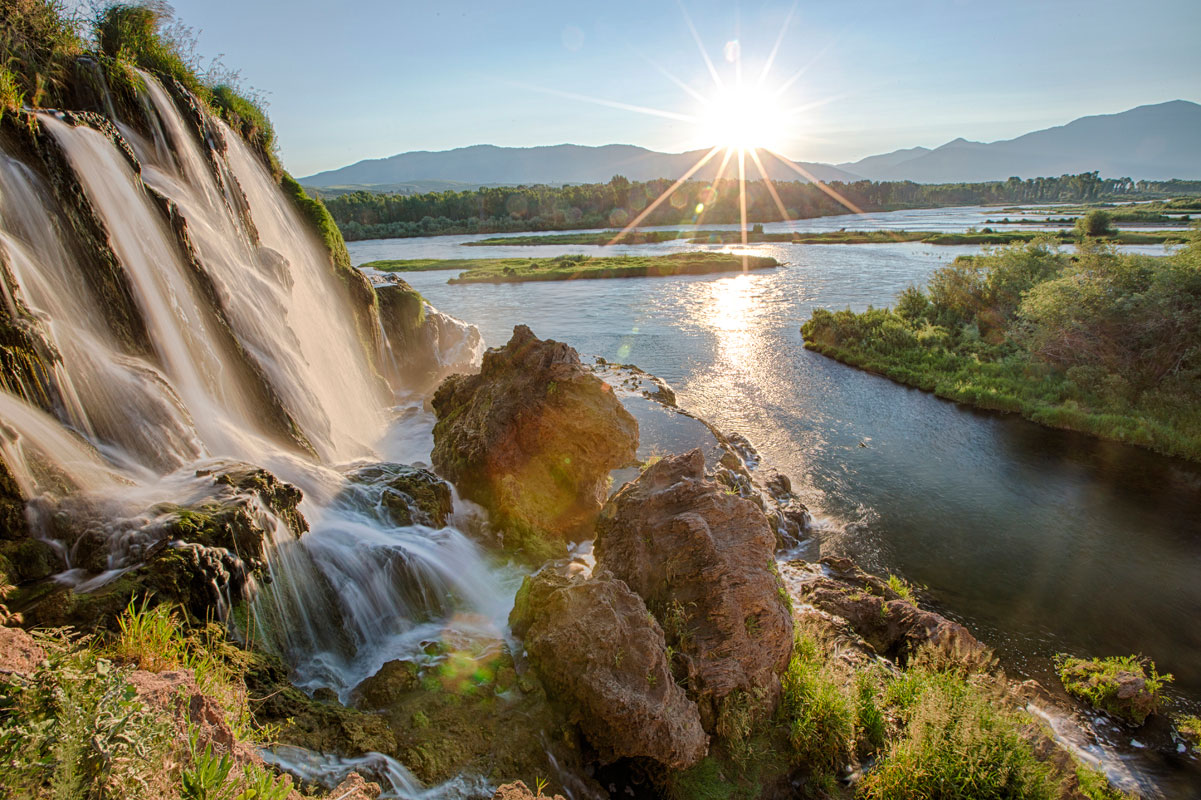
Most sportsmen are familiar with the famed elk migrations out of Yellowstone National Park but, while the total herd numbers aren’t what they used to be, the public lands adjacent to the park are still known as great places to hunt trophy bulls. Great Basin National Park in Nevada has a reputation for producing big mule deer that wander into neighboring multiple-use public lands during the hunting season, and quality mule deer depend on the habitat in and around Theodore Roosevelt National Park in North Dakota. Experienced sportsmen know that units located adjacent to many of the national parks are simply great places to find big bucks and bulls.
The same goes for great fishing. While national parks are generally open to fishing, the protected mountains within many parks provide cool, clean headwaters for many of the nation’s best trout streams flowing outside of the parks. The South Fork of the Snake River in Wyoming and eastern Idaho offers some of the best trout fishing anywhere, thanks to the abundant snowpack and pristine headwaters within Grand Teton National Park. The North Fork of the Flathead River in northwest Montana is an amazing place to catch a cutthroat on a dry fly, in part due to the protected landscapes of Glacier National Park. And let’s not forget the mighty Yellowstone and Madison Rivers, two great trout streams with seemingly endless miles of fishable water, both born within Yellowstone National Park.
So, if you’re a sportsman who appreciates quality habitat and public hunting and fishing, give thanks for America’s national parks this weekend or the next time you shoulder your rifle or tie on a fly. These lands make great neighbors by supporting our sporting heritage in a unique way.
And that’s worth celebrating.
Editor’s Note: This story was originally posted August 23, 2016 and has been updated.
In the final months of the 115th Congress, the Speaker of the House may have his legacy on his mind—here’s how he can do right by hunters, anglers, and wildlife
A session of Congress progresses about the same way as a day in a deer stand—both get started with enthusiasm about the opportunities to achieve meaningful things, and flashes of brief activity keep you focused on why you are here and what you are doing.
Both seem to end the same way, too: With a hopeful and expectant feeling that the last minutes might be productive, that all your effort will be worthwhile. And even if the tag is not filled, or the bill is not passed into law, we hope we’ve learned a few things that might help us next time.
The 115th Congress will see its sunset in the final days of 2018, and this is a particularly unique closing gavel for a Congress, for it will be the end of Representative Paul Ryan’s speakership and congressional career after serving Wisconsin’s 1st district since 1999.
It might be a long time before another bona fide hunter is in the Speaker’s office. As Ryan prepares to step away, there are four bills he should send to the president’s desk to leave an enduring legacy as the Sportsmen’s Speaker.
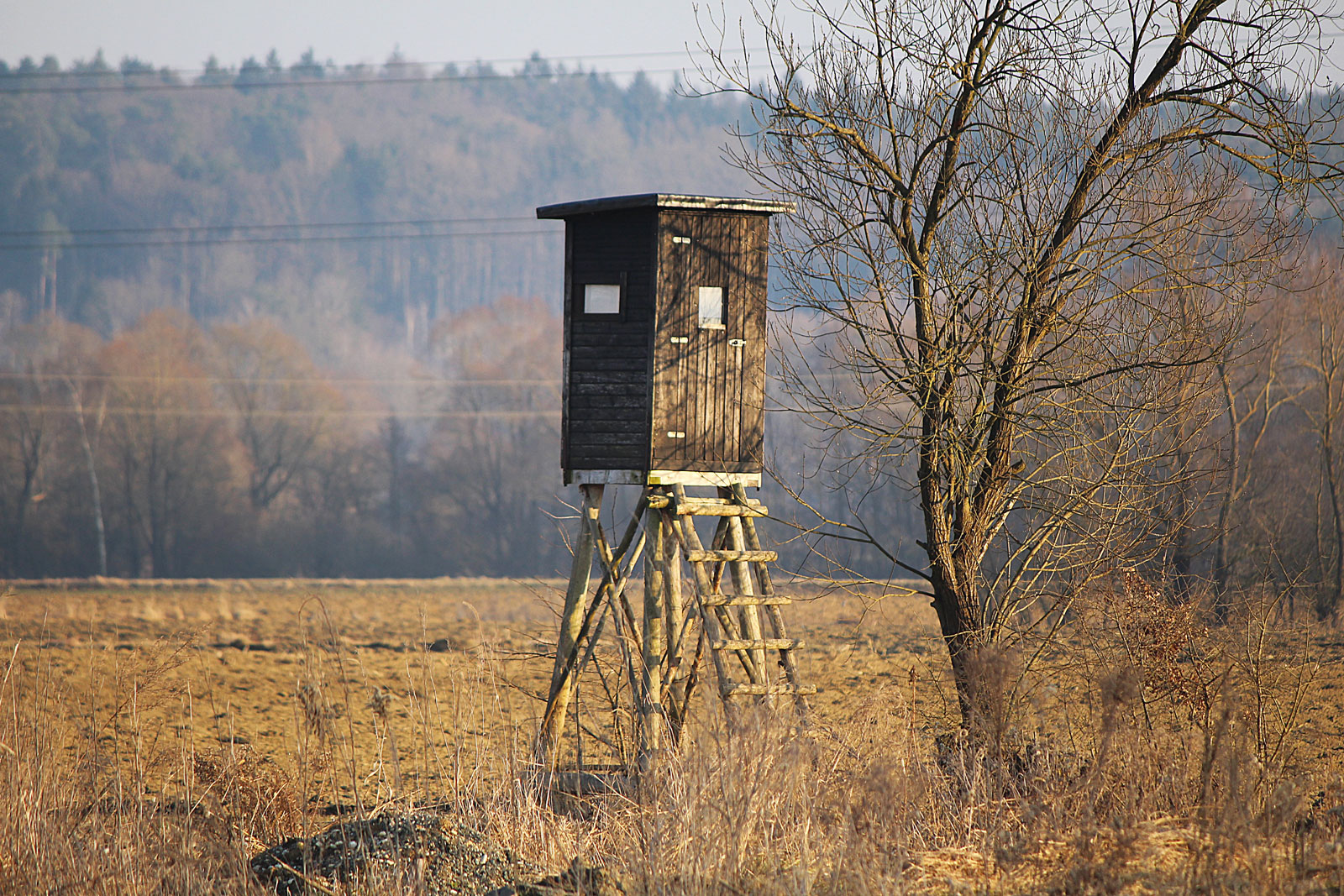
Versions of this critical legislation have been passed by both the House and the Senate, and while both chambers of Congress are working in conference to reconcile differences, the current law expires at the end of September. Both versions of the Farm Bill include provisions that are important to sportsmen, from funding critical conservation projects on working farms and forests to ensuring a bright future for the Conservation Reserve Program and reauthorizing the Voluntary Public Access program—the only private lands access incentive program in the entire federal government.
This close to the finish line, it would be a shame—not to mention a setback for high-priority wildlife habitat work nationwide—if the next Congress is forced to start all over again.
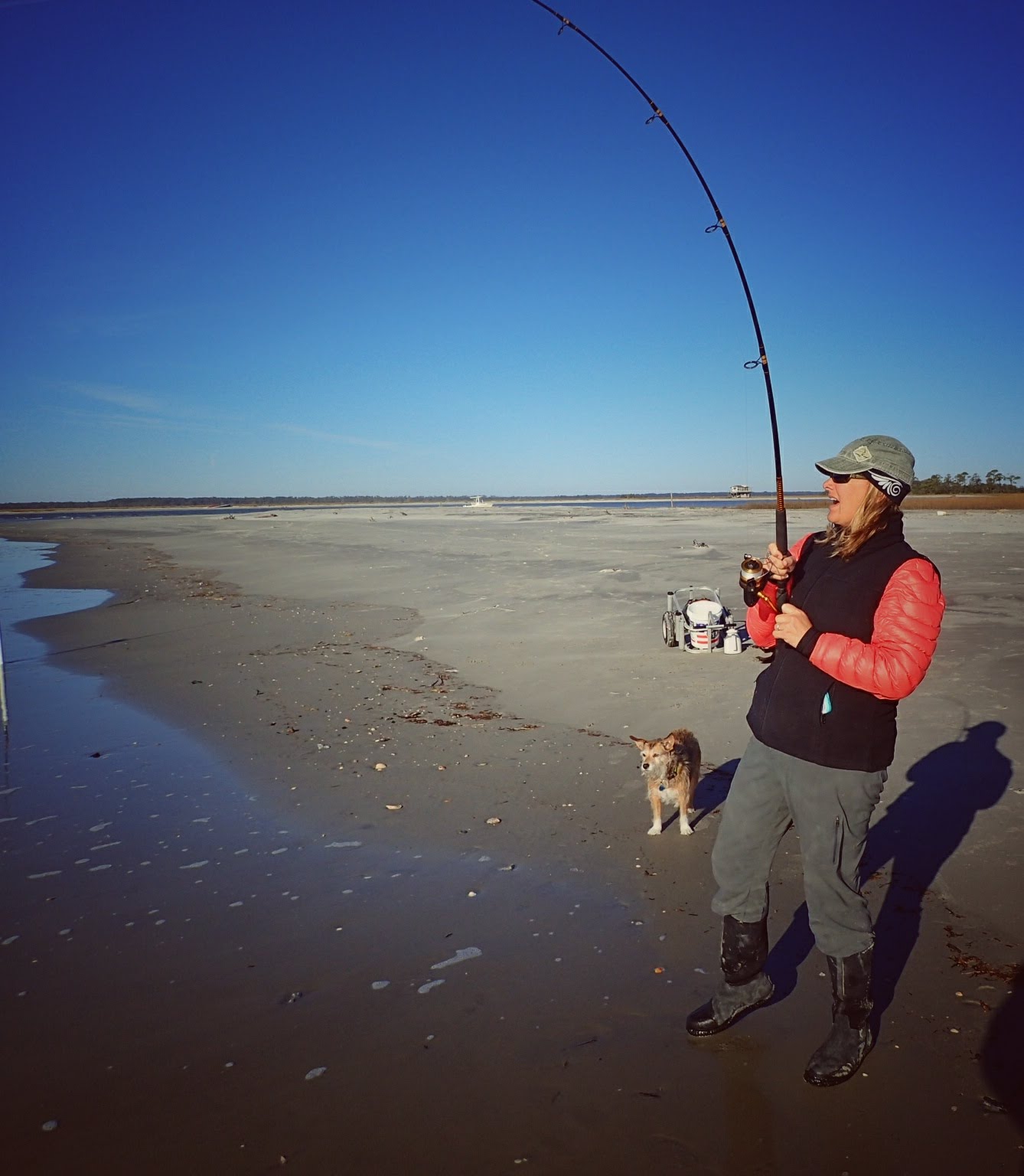
Passed out of both the Senate Commerce Committee and the House Natural Resources Committee, the Modern Fish Act is the legislative application of the recreational fishing industry’s vision for improving marine fisheries management. In fact, it reads like a priorities list for TRCP and our marine fishing partners, like the American Sportfishing Association and Coastal Conservation Association.
The bill would improve data collection and take better advantage of some of the groundbreaking work being done to analyze recreational fishing activity through smartphone apps—all in service of creating longer, more predictable fishing seasons.
Perhaps most compellingly, the Modern Fish Act would give federal fisheries managers the flexibility to try new approaches to managing recreational fishing, where the hard poundage quotas that work for commercial fisheries just don’t get the job done.
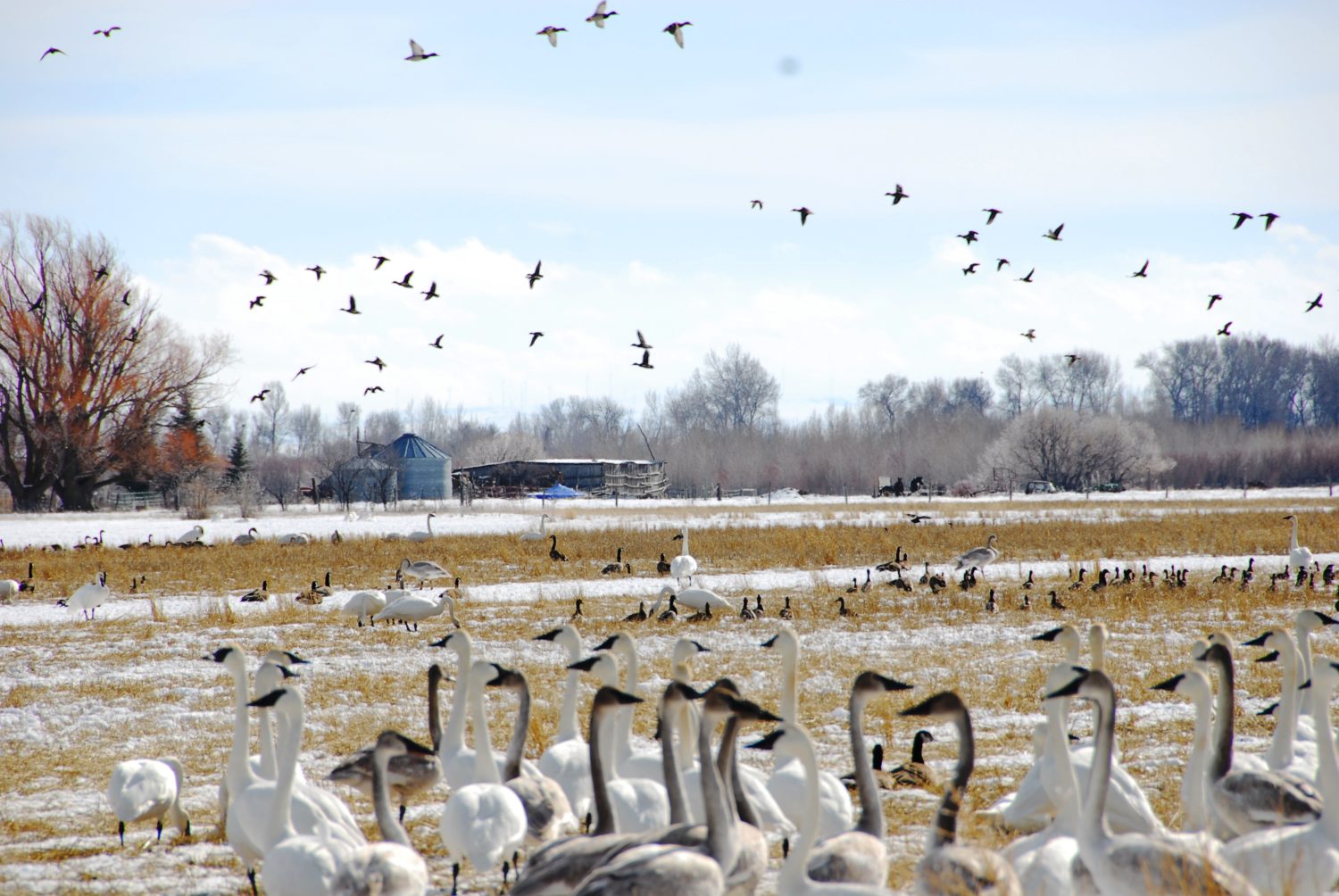
Passed out of the Senate Environment and Public Works Committee in the very beginning of this Congress back in 2017, the Help for Wildlife Act is one of the most comprehensive wildlife bills to be assembled by federal lawmakers in recent memory. The legislation would inject new life and fresh funding into such critical programs as the North American Wetlands Conservation Act, the National Fish and Wildlife Foundation, and the National Fish Habitat Conservation Act.
In short, if passed, this bill would put many of our most effective conservation initiatives on firmer footing moving forward.
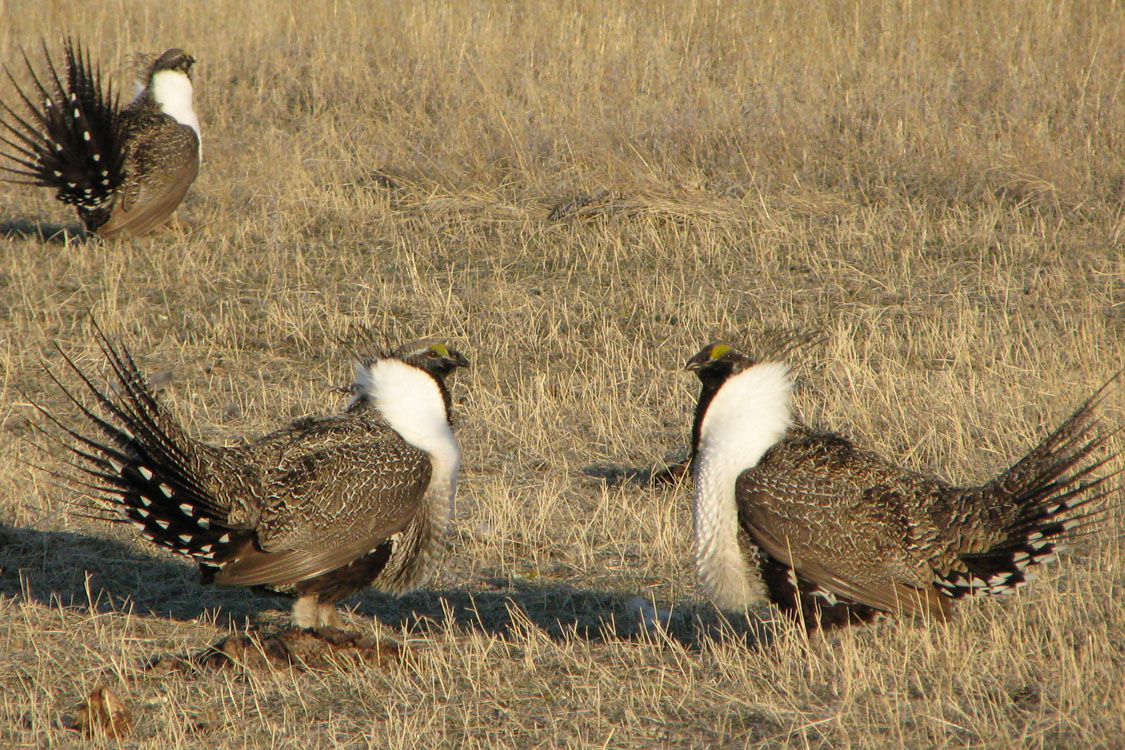
It may be tough to get excited about a Senate vote count, but this legislation passed by unanimous consent—this is the very definition of bipartisanship and a rare thing in Washington in 2018.
The WILD Act has a host of provisions, but among the most important for sportsmen is the bill’s inclusion of a reauthorization for the Partners for Fish and Wildlife program, one of our most effective private lands conservation programs. It emphasizes on-the-ground work to benefit some of the most imperiled species, including sage grouse and lesser prairie chickens. The WILD Act would reauthorize the Partners program, which has been lapsed since 2011, through 2022.
The WILD Act also includes language prioritizing coordination between a variety of stakeholders on addressing invasive species outbreaks and encouraging expedited action before AND after invasive species are discovered. This language could help state and federal agencies get a handle on pythons in the Everglades and Asian carp in watersheds across the country.
All of the aforementioned bills have bipartisan support, and signing them into law would meet some serious needs of the fish and wildlife conservation community. We hope that in our final months working with a Speaker of the House who deeply understands the importance of quality days afield, this success could be within reach.
If Speaker Ryan can see the wisdom in working to get these bills over the finish line, he will earn the well-deserved applause of America’s hunters and anglers before he gets to spend more time outside himself. And we stand ready to help make sure the last days of the 115th Congress are productive ones.
From now until January 1, 2025, every donation you make will be matched by a TRCP Board member up to $500,000 to sustain TRCP’s work that promotes wildlife habitat, our sporting traditions, and hunter & angler access. Together, dollar for dollar, stride for stride, we can all step into the arena of conservation.
Learn More
